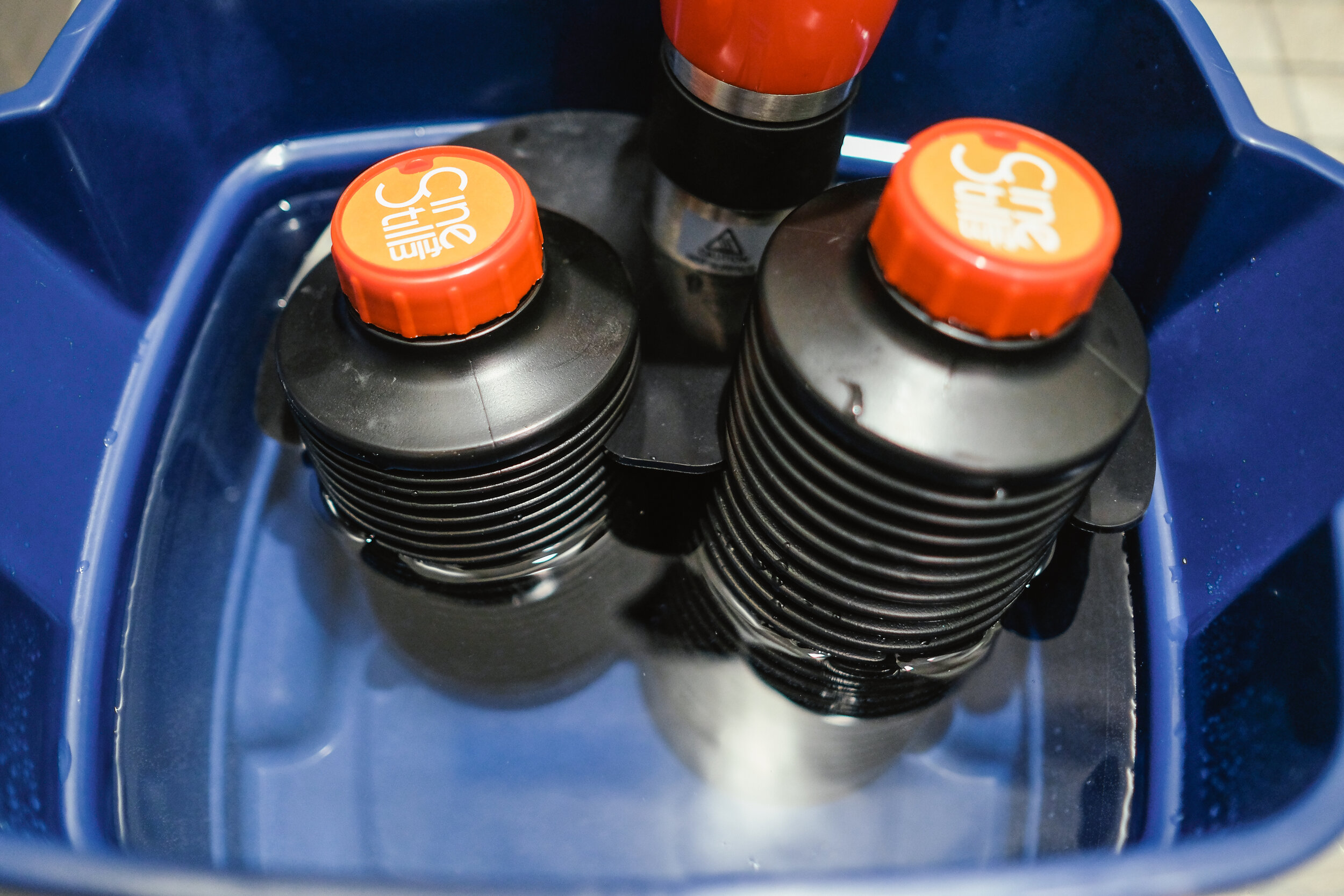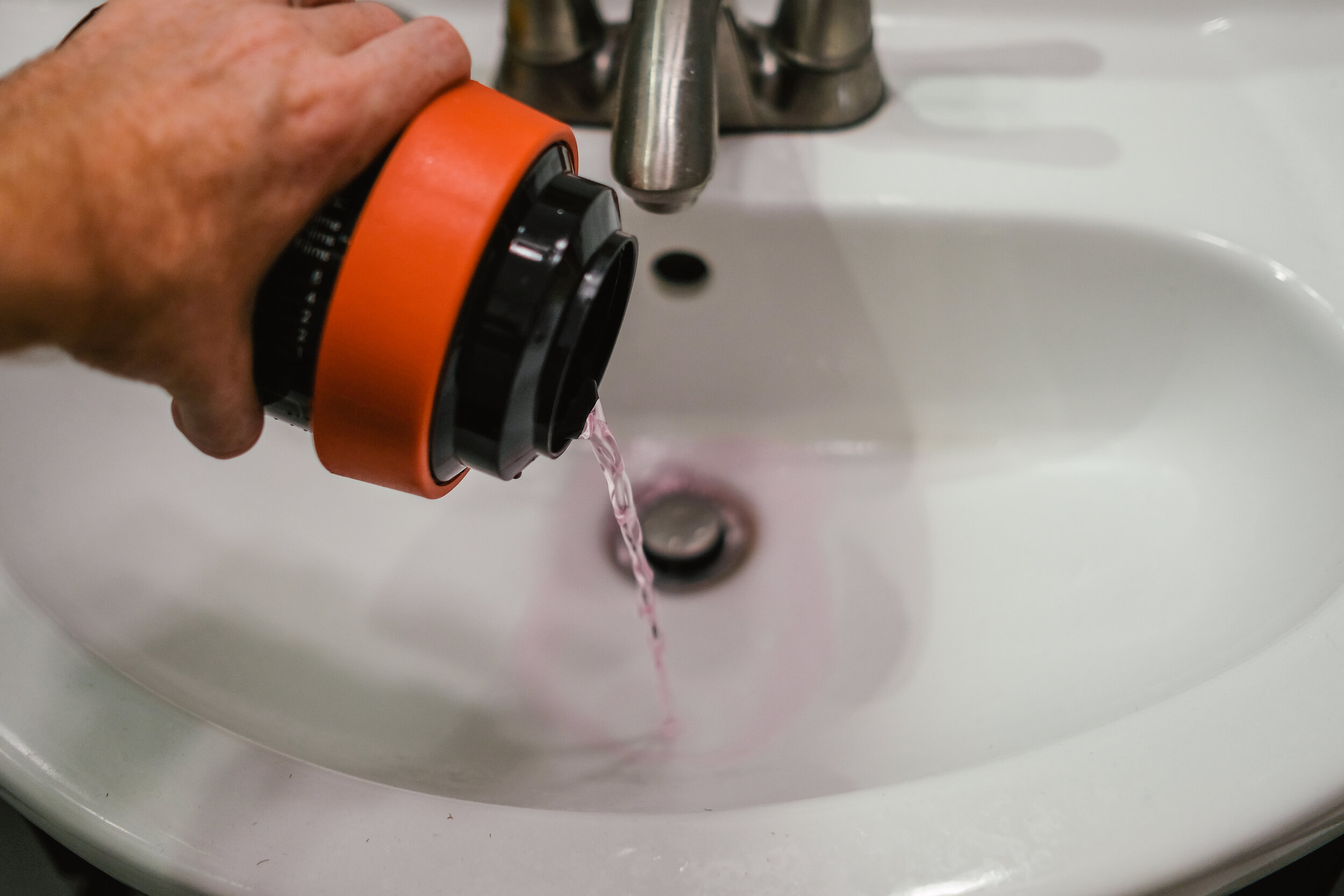Developing Color Film at Home with the Cinestill Cs41

Moving across the country meant leaving my beloved film lab behind. Time to take things into my own hands.
First, a quick shoutout. Having a one-hour photo lab around the corner from my apartment made it easy to get back into film. There are many fine photo labs in Manhattan, but 86th Street Photo was a three minute walk, and they often had my negatives ready to take home in 20 minutes. Their website doesn’t mention film services other than scans, but they can develop black and white, C-41 and E6 films, 35mm and 120, and can push/pull on request, with fabulous Noritsu scans or traditional prints available. They even sell 35mm and 120 film by the roll and box! I miss those guys and I hope they stay in business forever.
Other than drug stores, there aren’t too many photo labs in Chicago’s neighborhoods. Luckily, the extra space that a Midwestern apartment offers allows me to start processing my own film again.
Developing film isn’t too tricky, but C-41 film requires steady and precise temperature control. Unlike black and white film, all C-41 films are processed for exactly the same amount of time at exactly the same temperature: 3:30 at 102°F. This makes it easy for labs (throw it all in the same machine and let ‘er rip), but complicated for the home hobbyist. Luckily, we are at a point in the film renaissance that there are gadgets to help make it easy.
The CineStill C-41 kit comes with a developing tank, two reels, a two-bath set of chemicals, collapsible storage bottles, pitchers, and a lovely robot called the TCS-1000 that regulates the temperature and acts as a programmable timer. The only thing you need to provide is a tub/bin to dunk it all in, and a dark bag if you don’t have a nice dark room available for loading the tank.
The TCS-1000 is a programmable immersion heater and fluid circulator that makes the C-41 process simple. There are other devices like it, or you can use your own method to bring everything to the right temperature. The TCS-1000 clips on to the side of a tub and has its own clips to hold the chemical bottles. Setup is as easy as holding the left button and waiting for the beep.
Circulating water around the chemical bottles with the TCS-1000 ensures that everything stays at the correct temperature. Once the water heats up, you’re ready to begin!
I typically start with a pre-rinse with water that has been preheated alongside the chemicals to bring the film up to temperature. People seem divided on whether or not this matters, but it doesn’t seem to hurt.
Pressing and holding the right button activates the timer for the two-bath process. There’s a slight grace period/delay to allow you to pour in the developer, and then you’re off to the races. Agitate for the first 30 seconds, then once every 30 seconds thereafter. Development takes 3:30 for film shot at box speed, or 4:33 (130% of the time) for a +1 push. CineStill encourages increasing development time by an additional 2% for each 36-frame roll through the used chemicals, so keep notes and do your math.
There’s a generous lag between the end of the first timer and the beginning of the second. I habitually use warmed water as a stop bath/rinse between the developer and the bleach/fixer, mostly to satisfy my desire to keep the chemicals separated. Again, it doesn’t seem to hurt anything.
In goes the blix, with the same agitation cycle as before, but this time for 8:00 flat.
I like to do a final rinse with Photo-Flo and distilled water to reduce water spots, but that’s it! Up go the negatives, and the whole kit gets a good wash.
All in all, it couldn’t be easier. The TCS-1000 does an excellent job keeping a flat temperature, and the two-bath process is wonderfully streamlined. The fact that it requires a tub makes for easy cleanup and portability too—I just stick it all together in the tub and shove it under the sink between uses.
CineStill’s recommended duty cycle is 8 rolls of 36-exposure 35mm film for the developer. I’ve pushed it to about 20-25 rolls before the developer is exhausted.
That’s it! I also have a packet of CineStill’s Df96 black and white monobath, but I haven’t had a chance to try it out yet. Stay tuned for that review!
Watchmaking student at the Lititz Watch Technicum, formerly a radio and TV newswriter in Chicago.





